

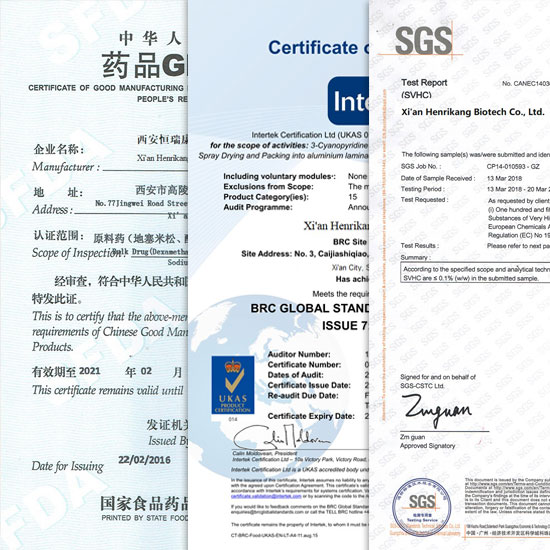



Related Attributes
Product details
Triclosan can be used in the following products: highly effective disinfectant or medicated soaps; antibacterial, deodorant and hygienic soaps; hygienic bath and antibacterial liquid detergents; antibacterial dishwashing detergents; antibacterial textile detergents; deodorant products for armpits or feet; hygienic facial cleansers and antimicrobial skin creams; antiseptic hand sanitizers; disinfectants for medical devices; wound sanitizers; air fresheners and refrigerator deodorizers; and antimicrobial finishes for fabrics.

Uses of Triclosan.
Triclosan is a broad-spectrum antimicrobial agent that is widely used in everyday household products such as toothpaste, soap, kitchen utensils and toys. However, studies have shown that triclosan has some toxic effects on humans in a dose-dependent manner. Due to its high stability, it is not easily degraded and therefore accumulates easily in the body.
People with sensitive skin can exhibit localized allergic skin reactions when exposed to high doses of triclosan-added household products. For pregnant women, the toxic effect of triclosan not only affects the pregnant woman herself, but also directly affects the placenta, affecting the differentiation of placental tissues and ultimately the normal development of the fetus.
Therefore, women who are pregnant or planning to become pregnant should avoid using products containing triclosan.
On the contrary, a natural bioactive ingredient, lactoferrin, has a longer-lasting, safer and more effective antibacterial, anti-inflammatory and immune-modulating properties.
Lactoferrin is extracted from animal milk and has food-grade safety, so there is no need to worry about side effects, and pregnant women and children can use it without fear!

Preparation of Bulk Triclosan Powder.
Product Methods of Triclosan.
(1) Taking 2,4-dichlorophenol as raw material, 2,4-dichlorophenol reacts with potassium hydroxide to form potassium dichlorophenate. Then react with 2,5-dichloronitrobenzene catalyzed by copper powder to obtain 2,4,4'-trichloro-2'-nitrodiphenyl ether. Then reduce with iron powder to form 2,4,4'-trichloro-2'-aminodiphenyl ether, then diazotize and hydrolyze to get the product.
(2) Using o-methoxyphenol as raw material, potassium hydroxide powder and o-methoxyphenol (guaiacol), reaction to produce o-methoxyphenol potassium salt. Reaction with bromobenzene methoxydiphenyl ether, chlorination through chlorine, to produce 2,4,4'-trichloro-2'-methoxydiphenyl ether.
Hydrolyzed with AICI3 as catalyst to produce 2,4,4'-trichloro-2'-hydroxydiphenyl ether.
WHY CHOOES US?
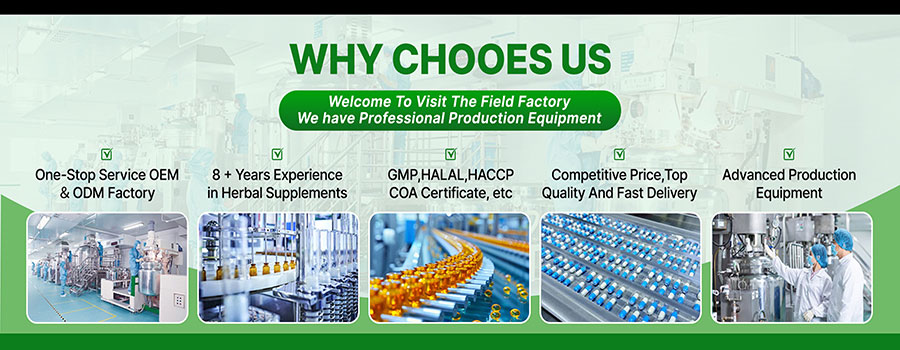
OUR CERTIFICATE
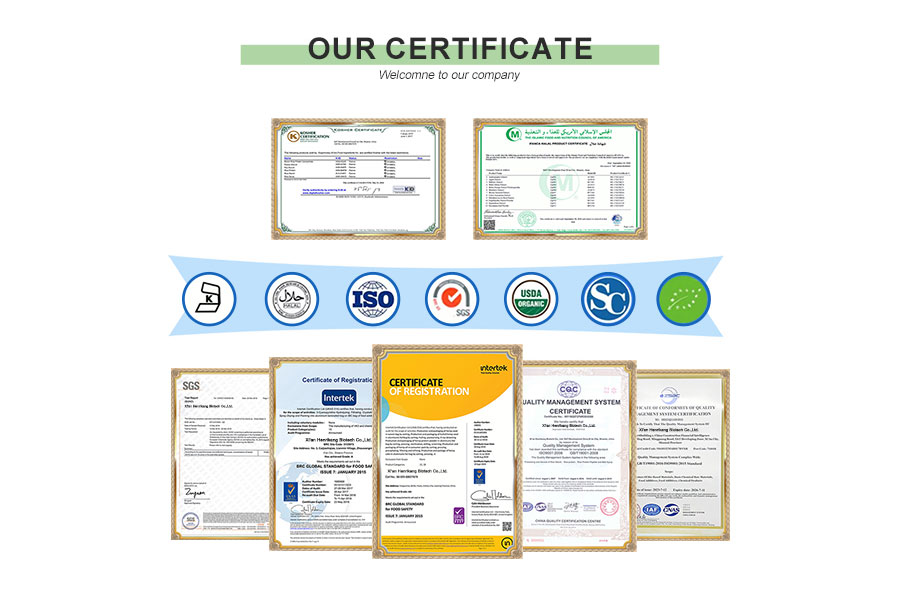
CUSTOM PROCESS
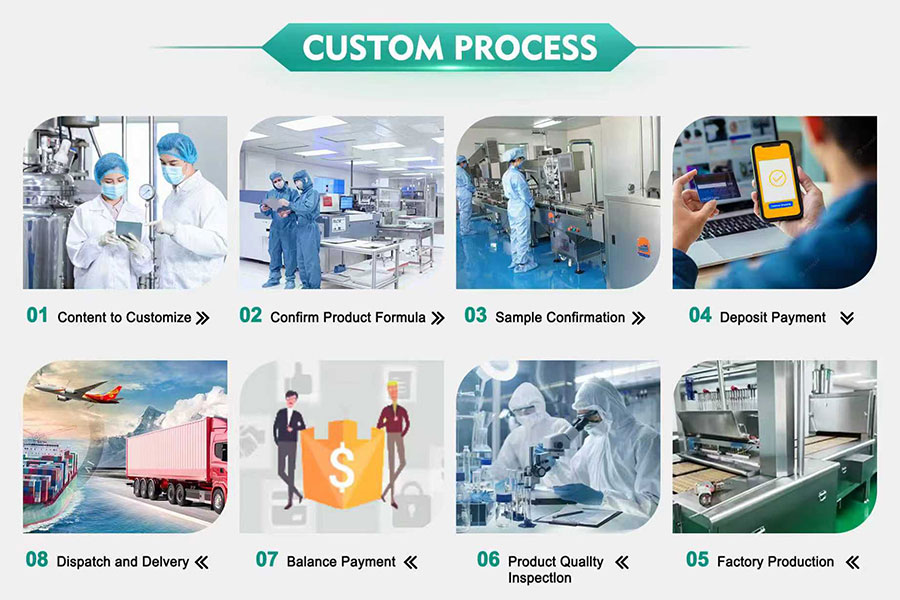
OUR PACKAGE
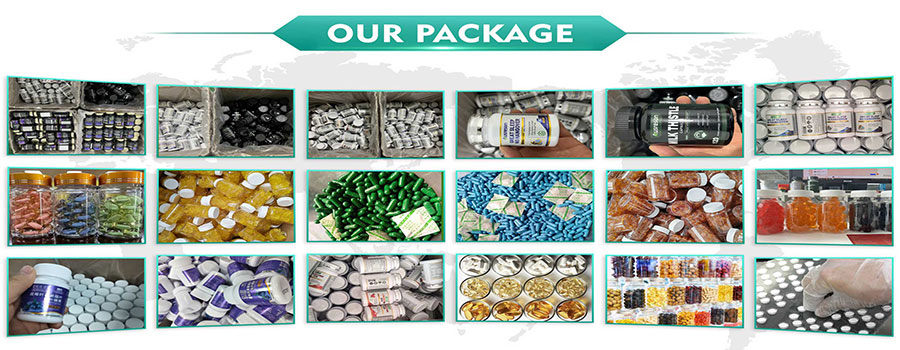
OUR EXHIBITION
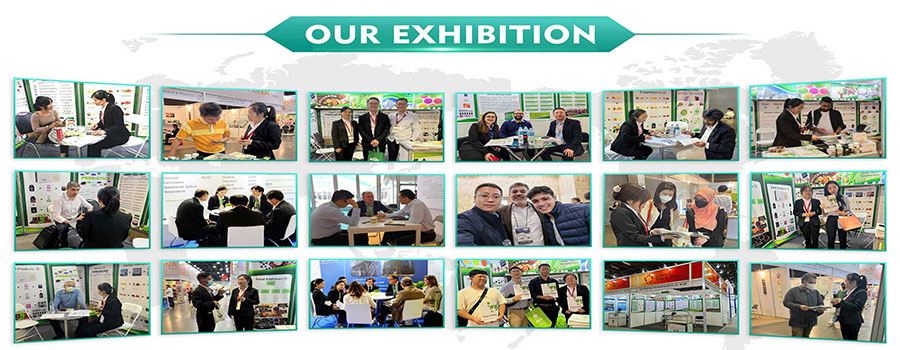
OUR FACTORY
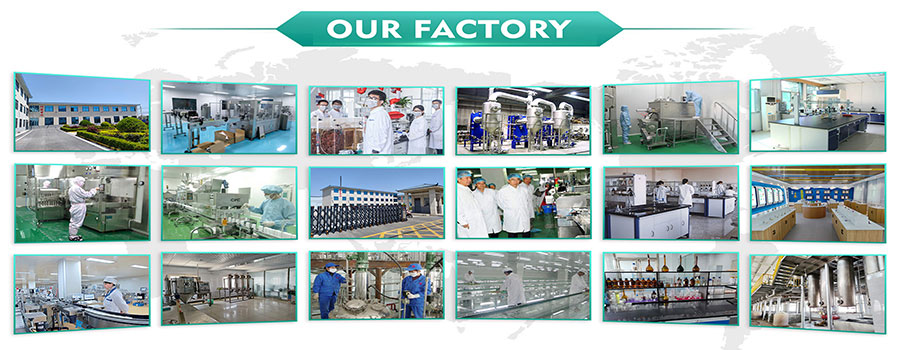
Shipping

Pharmaceutical Intermediate manufacturers
©2022 Xi'an Henrikang Biotech Co., Ltd.,